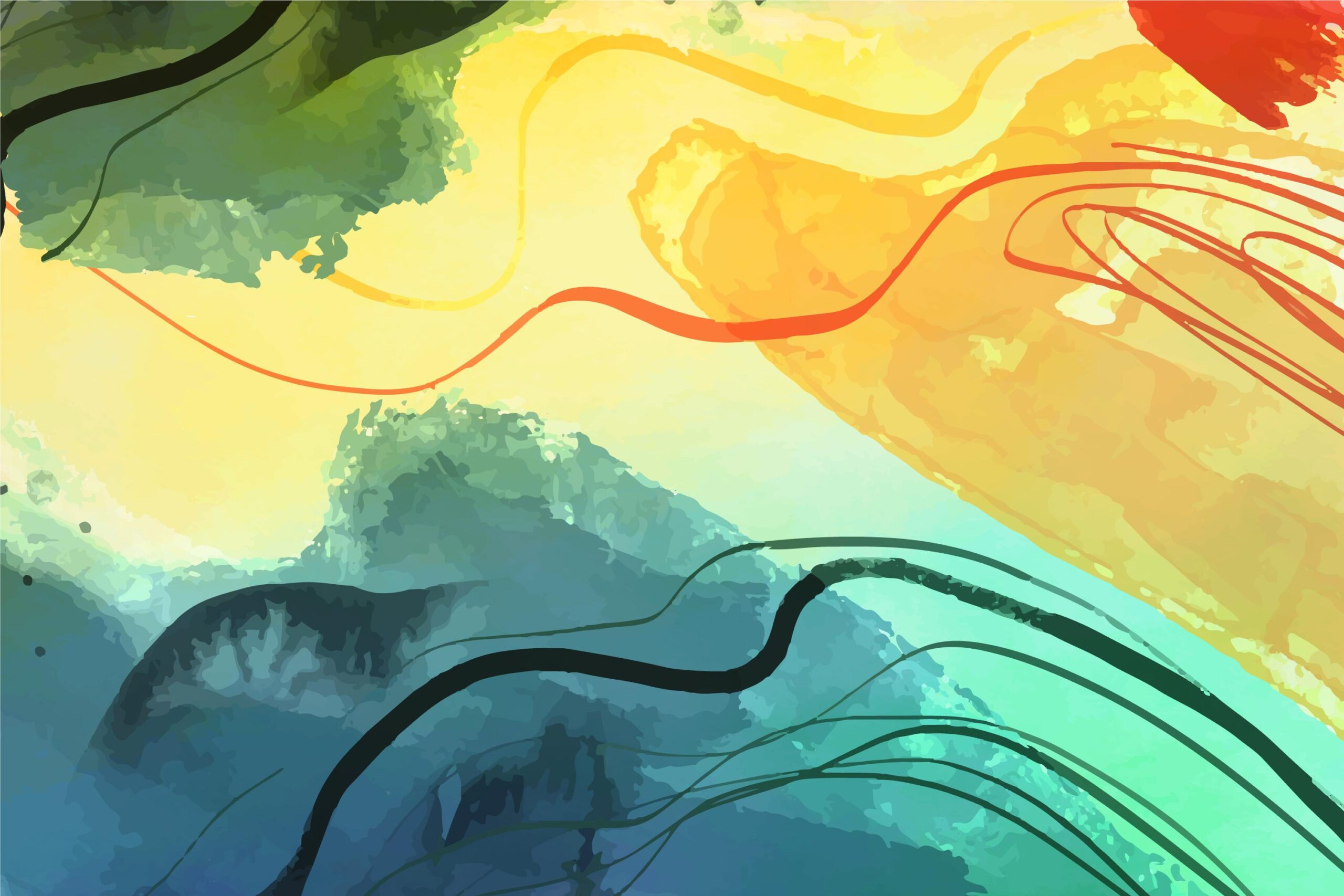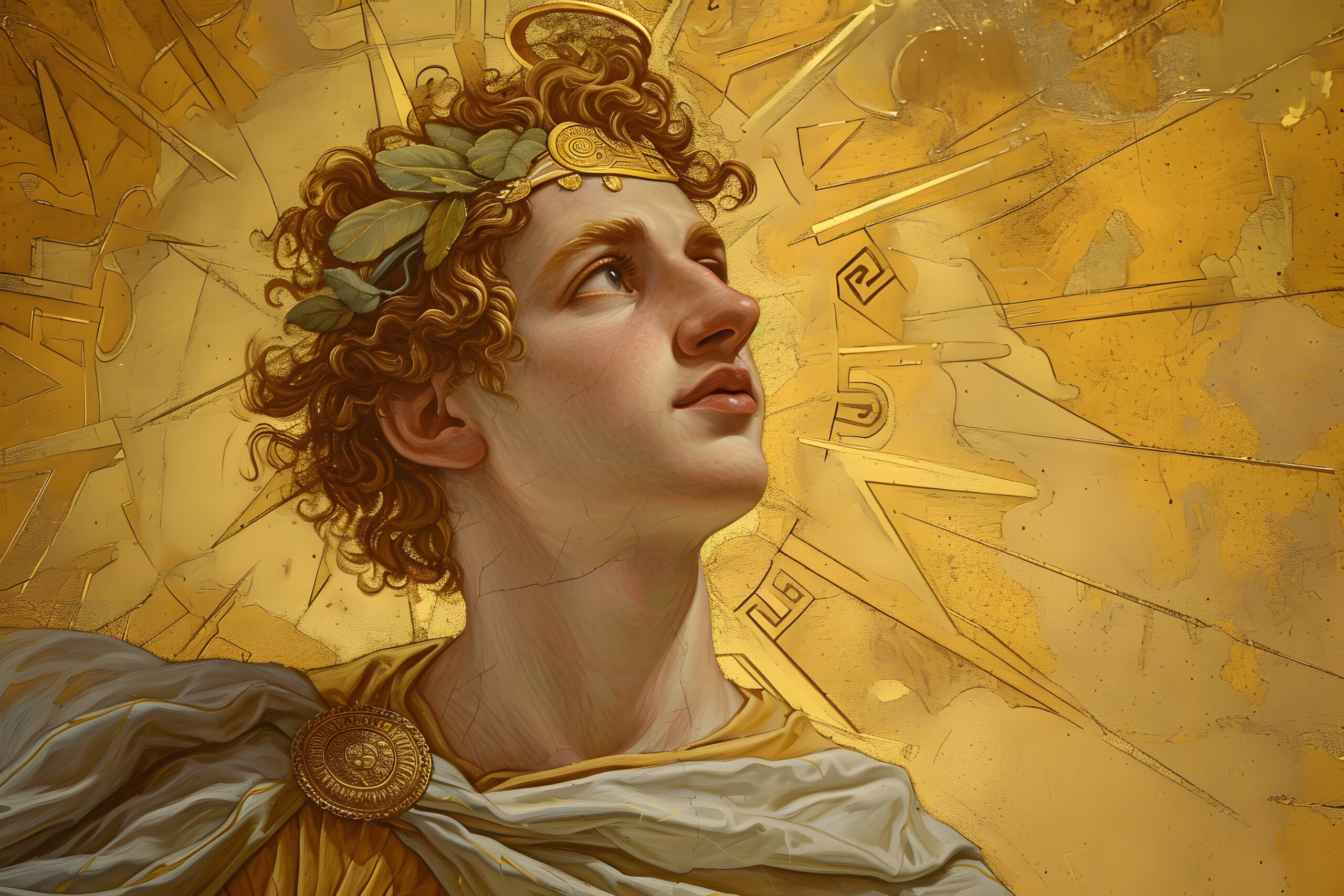
Mixed media art is a dynamic and evolving field that seamlessly blends traditional techniques with digital innovation. This approach allows artists to combine the tactile qualities of physical materials with the flexibility and precision of digital tools. The result is a unique fusion that pushes the boundaries of creativity and expression. In this article, we explore the world of mixed media, highlight the techniques used, and showcase some of the contemporary masters who excel in this hybrid art form.
The Essence of Mixed Media
Mixed media art involves the use of multiple artistic mediums in a single piece. This can include a combination of painting, drawing, collage, printmaking, sculpture, and digital manipulation. The integration of traditional and digital methods opens up a vast array of possibilities, enabling artists to experiment with textures, layers, and effects that would be difficult to achieve with a single medium.
Key Techniques in Mixed Media Art
- Layering:
- Process: Artists build up their artwork by layering different materials and media. This can involve painting over digital prints, adding collage elements to a digital canvas, or combining physical textures with digital enhancements.
- Tools: Traditional tools like brushes, paints, and papers, alongside digital tools such as Adobe Photoshop, Illustrator, and Procreate.
- Collage and Assemblage:
- Process: Combining various materials such as paper, fabric, found objects, and photographs, which are then digitally scanned and manipulated.
- Tools: Physical scissors and glue for the traditional elements, and digital software for scanning and editing.
- Digital Painting and Drawing:
- Process: Using digital tablets and software to create artworks that mimic traditional painting and drawing techniques. Artists often incorporate these digital works into larger mixed media pieces.
- Tools: Graphics tablets like Wacom, software like Corel Painter and Photoshop.
- Printmaking and Digital Enhancement:
- Process: Creating prints using traditional methods such as screen printing or lithography, then digitally enhancing these prints with additional textures, colors, or elements.
- Tools: Printmaking presses, traditional inks, and digital editing tools.
Influential Mixed Media Artists
Several contemporary artists are recognized for their mastery of mixed media, seamlessly blending traditional and digital techniques to create compelling works of art.
- Kara Walker:
- Style: Walker is known for her intricate cut-paper silhouettes that explore themes of race, gender, and identity. She often integrates these silhouettes with projected light and digital elements to create immersive installations.
- Shepard Fairey:
- Style: Combining street art techniques with digital design, Fairey’s work includes iconic posters like the “Hope” poster for Barack Obama’s 2008 presidential campaign. His process often starts with hand-drawn sketches that are digitally refined and printed.
- Jenny Saville:
- Style: Saville’s large-scale paintings often incorporate mixed media elements, blending traditional oil painting with charcoal, pastel, and digital projections to explore the human form.
- Vik Muniz:
- Style: Muniz creates elaborate images using unconventional materials such as sugar, chocolate, and garbage, which he then photographs and digitally manipulates to produce final artworks that challenge perceptions and reality.
The Impact of Technology on Mixed Media
The advent of digital technology has significantly expanded the possibilities for mixed media artists. High-resolution scanners and printers, graphics tablets, and sophisticated software programs have made it easier for artists to combine and manipulate different media. Additionally, digital platforms and social media have provided artists with new avenues to showcase and distribute their work, reaching a global audience.

Trends in Mixed Media Art
- Sustainability:
- Artists are increasingly incorporating recycled and found materials into their work, blending traditional art with a message of environmental consciousness.
- Interactive Art:
- The use of augmented reality (AR) and virtual reality (VR) is growing, allowing viewers to interact with mixed media artworks in new and immersive ways.
- Cultural Fusion:
- Artists are blending techniques and materials from different cultural traditions, creating works that celebrate diversity and global interconnectedness.
- Textural Experimentation:
- There is a rising trend towards exploring tactile qualities, with artists combining digital smoothness with rough, physical textures to create more engaging and multi-sensory experiences.
Conclusion
Mixed media art represents the cutting edge of contemporary artistic practice, offering a limitless playground for creativity and innovation. By blending traditional methods with digital technology, artists can explore new dimensions of expression and push the boundaries of what art can be. As technology continues to evolve, the potential for mixed media art will only grow, inspiring artists to continue experimenting and redefining the art world.




